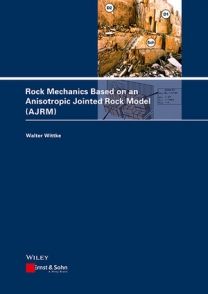Description
The book presents a method for the safe and economical design of structures in rock. The method is based on models, which consider all relevant rock properties and can be understood by a well-trained practicing civil engineer.
About the author
Prof. Wittke is Emeritus of the Technical University of Aachen, Germany, and General Manager of the engineering company WBI Prof. Dr.-Ing. W. Wittke Beratende Ingenieure für Grundbau und Felsbau GmbH, which he founded in 1980. From 1979 to 1983, he was President of the International Society for Rock Mechanics (ISRM), and from 1990 to 2002 President of the German Society for Geotechnical Engineering (DGGT). During his professional life, he has been working as a designer and expert for numerous tunnels and caverns. Moreover, he has been dealing with dam foundations and slope stability. Along with these activities, he applied the rock mechanical models and the corresponding numerical analysis models, which he developed together with his co-workers. With the aid of back-analysis of the stresses and displacements measured during the construction and operation of the different structures, he continuously revised and improved these models. His ambition is to transfer his knowledge, especially to the employees of WBI and to his children, working together with him. The results of his activities and works are published in numerous papers and publications.
